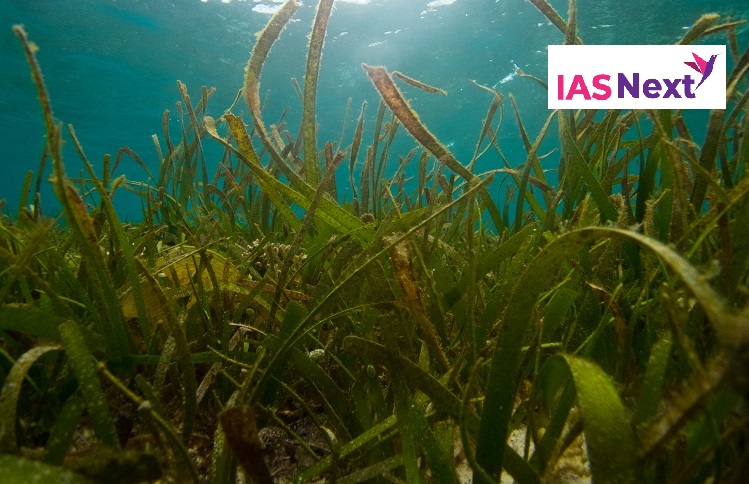CURRENT AFFAIRS
Get the most updated and recent current affair content on Padhaikaro.com
What causes coral bleaching at the Great Barrier Reef?
- IAS NEXT, Lucknow
- 30, Mar 2022

Reference News:-
Scientists have warned that the Great Barrier Reef will face a critical period of heat stress over the coming weeks, following the most widespread coral bleaching the natural world has ever endured.
About Great Barrier Reef:
The Great Barrier Reef Marine Park, which spreads across a length of over 2,300 km and is roughly the size of Italy, is home to about 3,000 coral reefs, 600 continental islands, 1,625 type of fish, 133 varieties of shark and rays and 600 types of soft and hard corals.
It is a world heritage site.
What are Coral reefs?
Coral reefs are important hotspots of biodiversity in the ocean. Corals are animals in the same class (Cnidaria) as jellyfish and anemones. They consist of individual polyps that get together and build reefs.
Significance:
Coral reefs support a wide range of species and maintain the quality of the coastal biosphere.
Corals control the level of carbon dioxide in the water by converting it into a limestone shell. If this process does not take place, the amount of carbon dioxide in the ocean water would increase significantly and affect ecological niches.
Threats:
- Coral reefs are threatened by climate change.
- When the sea surface temperature increases beyond a tolerable limit, they undergo a process of bleaching.
What is bleaching?
Basically bleaching is when the corals expel a certain algae known as zooxanthellae, which lives in the tissues of the coral in a symbiotic relationship. About 90% of the energy of the coral is provided by the zooxanthellae which are endowed with chlorophyll and other pigments. They are responsible for the yellow or reddish brown colours of the host coral. In addition the zooxanthellae can live as endosymbionts with jellyfish also.
When a coral bleaches, it does not die but comes pretty close to it. Some of the corals may survive the experience and recover once the sea surface temperature returns to normal levels.